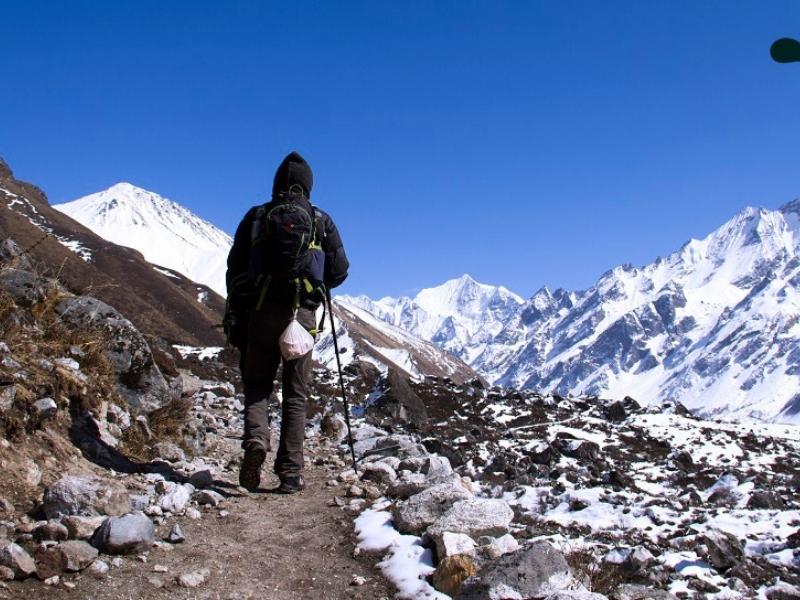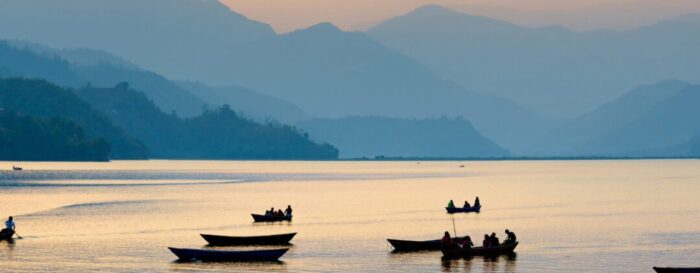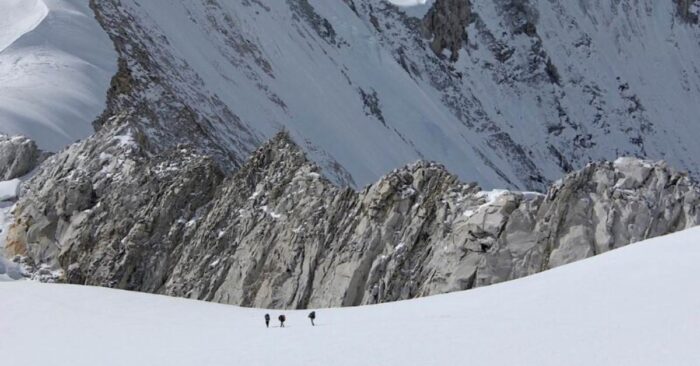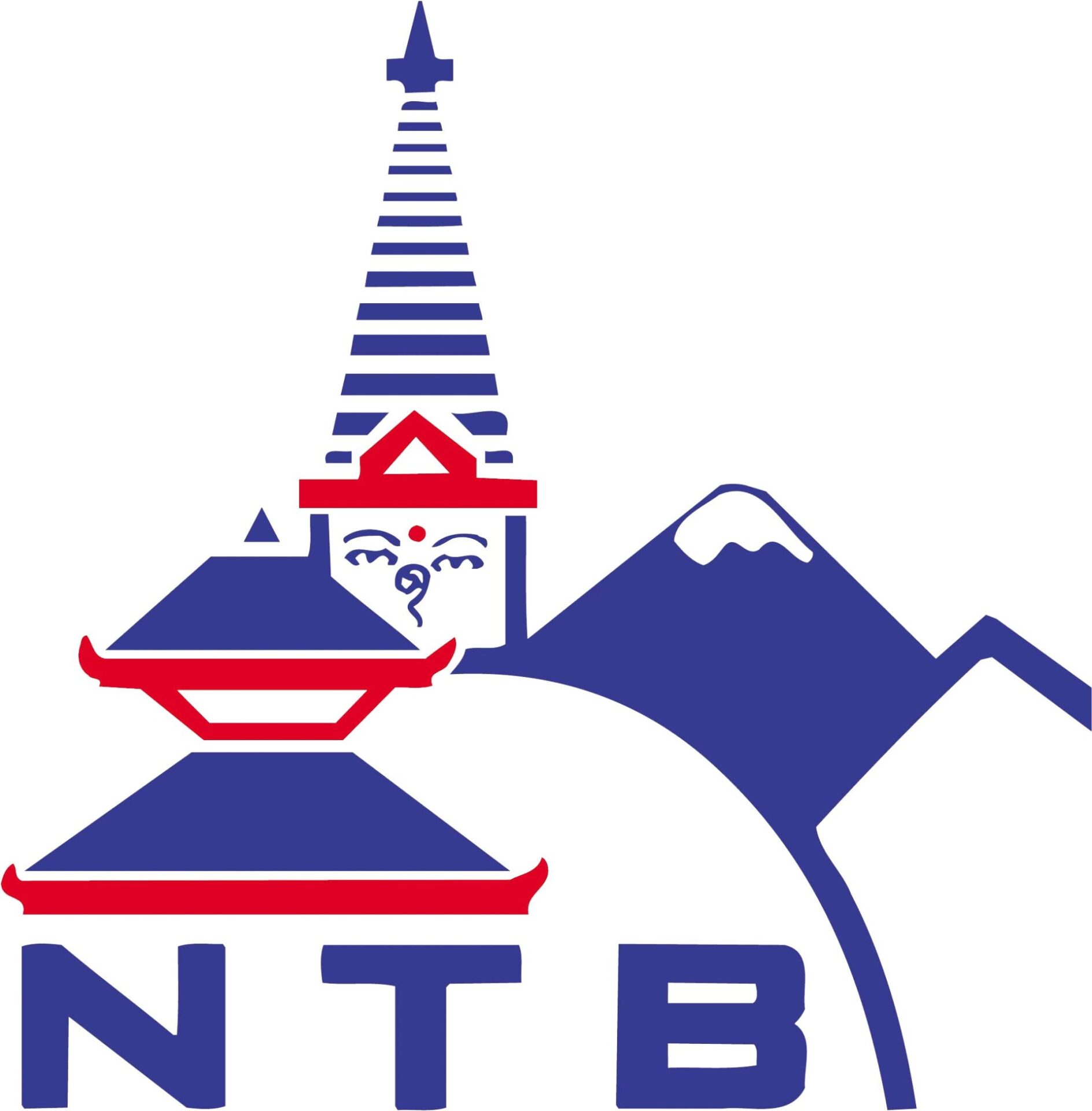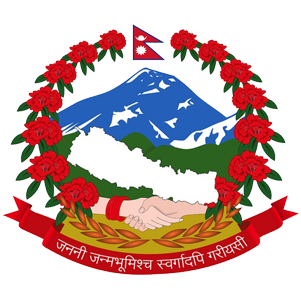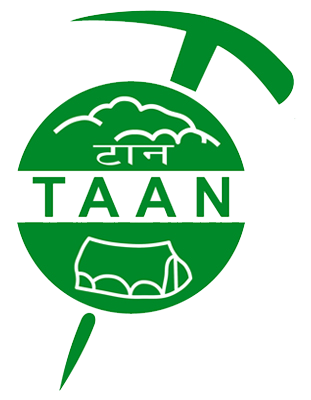The Fascinating History of Trekking in Nepal
Trekking has a long history in Nepal, connected with the breathtaking scenery, varied cultures, and attraction of the world’s tallest peaks, including Mount Everest. Trekking in Nepal dates back to the early 20th century, but it only became popular in the latter half of the century. Nepal allowed foreigners to enter the country at the beginning of the 20th century, and the first known trekking expedition took place in the Annapurna region in the 1950s under the direction of Colonel Jimmy Roberts. Trekking became more accessible to a wider range of people with the building of the Tribhuvan Highway in the 1960s and 1970s, which further facilitated access to remote areas.
Annapurna and Langtang National Parks were established in the 1980s, which helped to preserve new landscapes along well-traveled trekking routes. In addition to the adventure element, new trekking routes and cultural experiences were promoted in the 1990s. The 21st century brought advancements in trekking infrastructure, with improved trails, accommodations, and amenities. However, the devastating earthquakes of 2015 created difficulties for the trekking industry, such as having to reconstruct damaged trails and infrastructure. Despite these setbacks, trekking in Nepal remains a vital component of the country’s tourism industry, attracting trekkers with its breathtaking landscapes, diverse cultures, and warm hospitality. Today, trekking in Nepal continues to evolve, with new routes being explored and sustainable practices being emphasized to ensure the preservation of its natural beauty for future generations.

